April 13, 2025 | 22:20 GMT +7
April 13, 2025 | 22:20 GMT +7
Hotline: 0913.378.918
April 13, 2025 | 22:20 GMT +7
Hotline: 0913.378.918
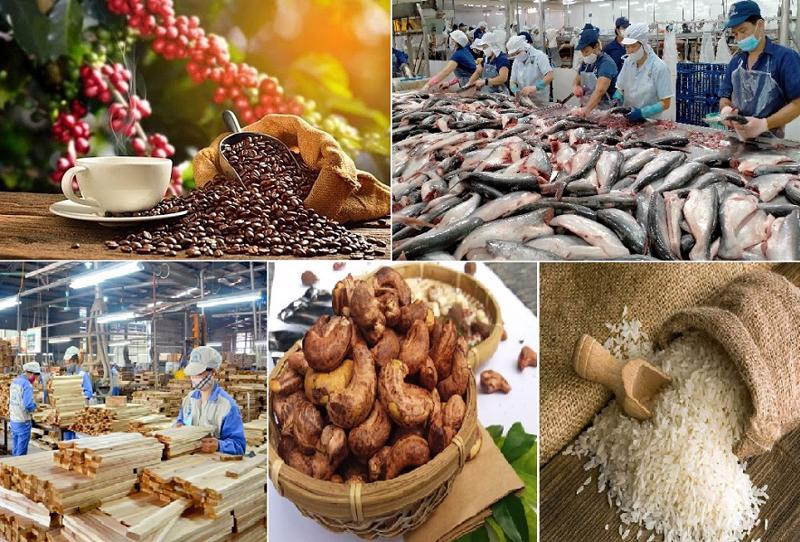
In May alone, export turnover was estimated at US$ 4.85 billion, down 3.5% over the same period last year, in which, agricultural products reached US$ 2.42 billion, up 27.8%.
According to the Ministry of Agriculture and Rural Development, the world economy faces many difficulties, with high inflation in some developed countries and tight monetary policies, especially in major markets such as the United States and Europe. Enterprises have problems signing and fulfilling orders. Many countries have also implemented policies to strengthen the protection of domestically produced products and goods; boost agricultural production to supply proactively.
In the country, fruit products have an abundant, relatively stable supply. Many types are about to be harvested (mango, durian, jackfruit, lemon, lychee), but raising livestock and poultry is still full of difficulties. The weather is abnormal. El Nino is hotter and hotter, and the risk of water shortage for agricultural, forestry, and fishery production and forest fires is very high in many localities. Diseases on crops and livestock also have potential risks of outbreaks affecting the production and business of agro-forestry-fishery.
Fruit and vegetable exports grew impressively to nearly 81% in May compared to last year; the forecast likely exceeded the target of US$ 4 billion. Notably, the "new star" durian has many opportunities to become a billion-dollar export item. In addition to durian, exporting green-skinned pomelo to the US is also favorable. However, in the US market, some other fruits are not so good due to fierce competition from the fruits of South America, which are also in the harvest season.
In May alone, export turnover was estimated at US$ 4.85 billion, down 3.5% over the same period last year. In which, agricultural products reached US$ 2.42 billion, up 27.8%; livestock production reached US$ 44 million, up 25.5%; seafood reached US$ 900 million, down 14.4%; forest products reached US$ 1.31 billion, down 12.3%; production input reached US$ 178 million, down 16.1% and salt reached US$ 0.5 million, down 8.6%.
In the first 5 months of the year, many main export products decreased in export value compared to last year, so the total export turnover was estimated at US$ 20.26 billion, down 11.1%. In which, agricultural products reached US$ 10.3 billion, up 9.9%; livestock production reached US$ 190 million, up 34.5%; seafood reached US$ 3.47 billion, down 25.9%; forest products reached US$ 5.52 billion, down 26.8%; Production input reached US$ 779 million, down 25.9% and salt reached US$ 2.0 million, down 11.9%.
In the first five months of the year, the export value of agricultural, forestry, and fishery products to markets in Asia reached US$ 9.73 billion, up 2.3%; America reached US$ 4.42 billion, down 34.6%; Europe reached 2.42 billion, down 13.2%; Africa reached 327 million, down 5.6%; Oceania reached $280 million, down 28%.
China, the United States, and Japan continue to be the three largest export markets for agro-forestry-fishery products; export value to China accounted for 20.4%, up 2.9% over the same period last year; The United States accounted for 19.8%, down 35.2% and Japan accounted for 7.8%, down 1.2%.
The agriculture and rural sector actively implemented critical tasks to implement the 2023 Plan in May; agro-forestry-fishery production focused mainly on caring for and harvesting winter-spring crop rice and vegetables; sowing summer-autumn rice; removing difficulties in raising livestock, poultry, and aquaculture; accelerating the progress of afforestation; supporting and encouraging fishermen to actively stick to the sea and strictly implement IUU regulations.
According to statistics, in the first 5 months of the year, the total export and import turnover of agricultural, forestry, and fishery products was estimated at US$ 36.96 billion. Export turnover were US$ 20.26 billion, down 11.1% over the same period last year; imports of US$ 13.15 billion, down 8.7%; trade surplus of US$ 3.55 billion, down 21.1%.
This is because although the major export markets of Vietnam's agricultural, forestry, and fishery products are gradually growing again, such as China reopening, Exports to Japan and Asia increased again. Many countries have also implemented policies to strengthen the protection of domestically produced products and goods; boost agricultural production to supply proactively.
However, the world economy continues to face many difficulties, including high inflation in some developed countries, and tight monetary policies, especially in large markets such as the US and Europe, make businesses difficulty in signing and fulfilling orders.
Translated by Ha Phuc

(VAN) According to Deputy Prime Minister Bui Thanh Son, through this P4G Summit, Vietnam aims to convey the message of transforming its growth model towards rapid and sustainable development.
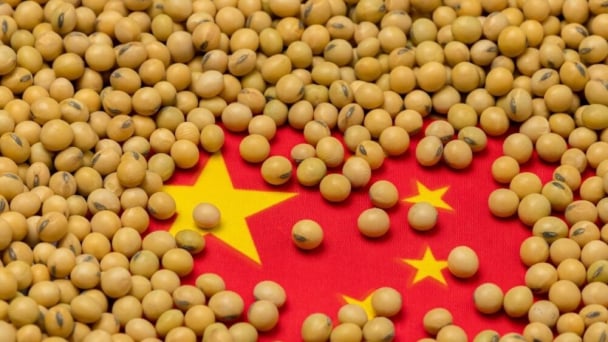
(VAN) Soybean production has been a priority for China to ensure food security, with increased soybean cultivation and yields highlighted in the annual No. 1 Central document.
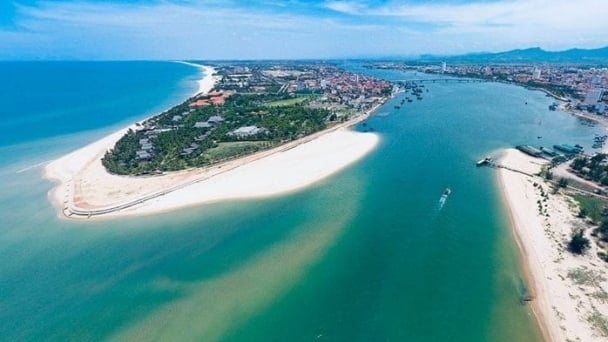
(VAN) Vietnam Sea and Islands Week 2025 is expected to take place in Quang Binh, featuring a series of meaningful activities aimed at protecting the ocean through green technology solutions.
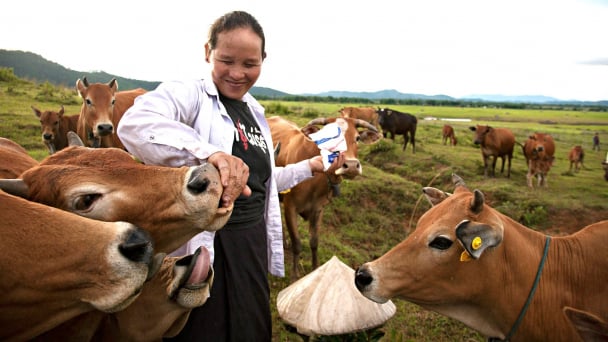
(VAN) The One Health approach is no longer merely an option, as increasingly complex challenges confront health and food systems.
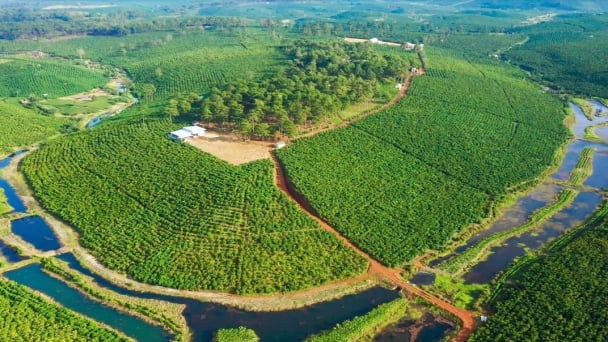
(VAN) The project promoting sustainable coffee production, with a focus on waste management and raising farmers’ awareness, has achieved many positive results after nearly two years of implementation.
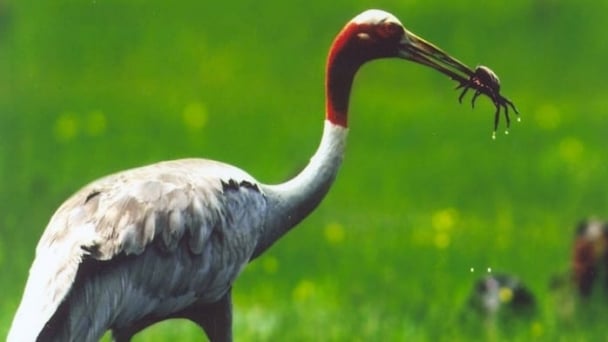
(VAN) Transferring and receiving 6 individuals of the red-crowned crane from Thailand to Vietnam marks a significant milestone in the conservation efforts for this species.
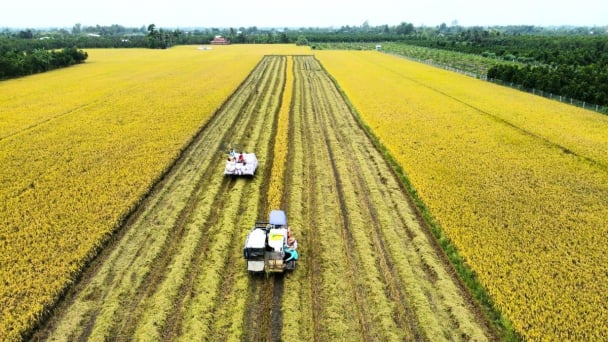
(VAN) After more than a year of implementation, the One Million Hectares of High-Quality, Low-Emission Rice project has completed the first steps, but it needs breakthrough solutions to deepen impacts in the upcoming phase.